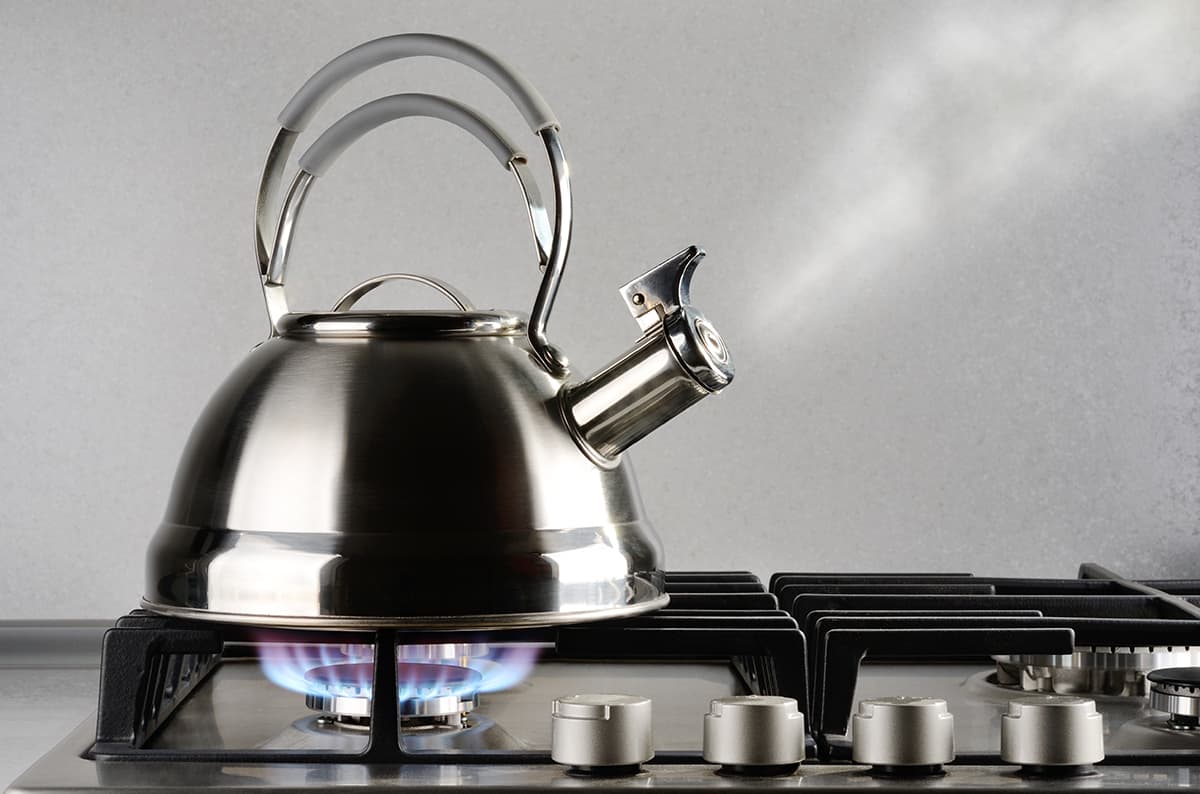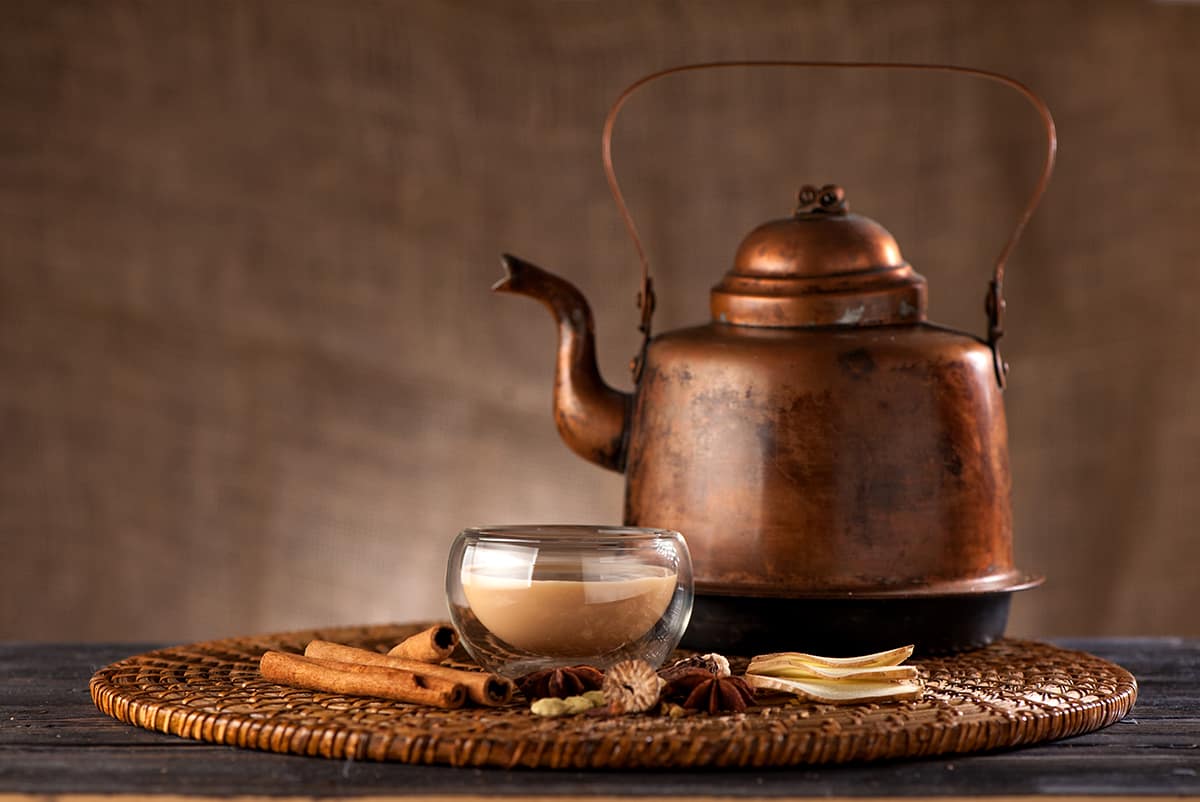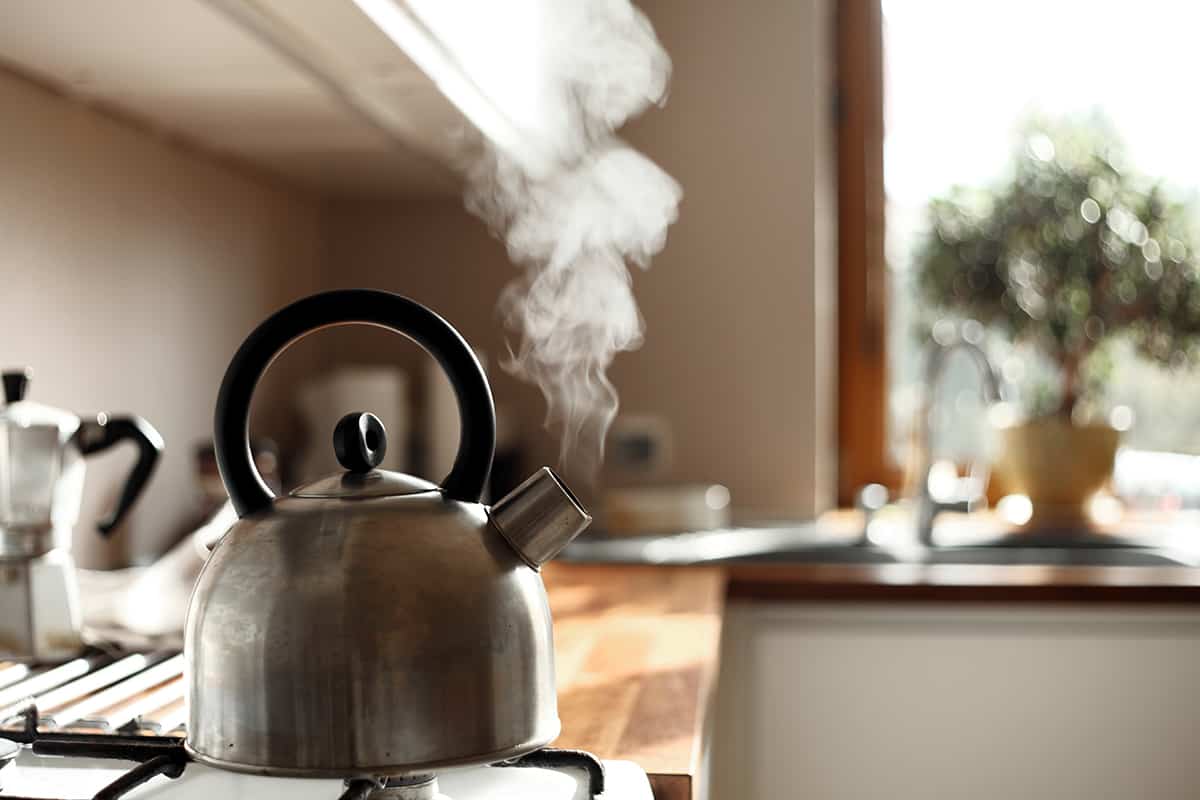Anything you don’t want to wash by hand, you can stuff in your dishwasher. However, there are certain items that do not belong inside a dishwasher, such as the blender bases. So, what about tea kettles? Are they dishwasher-safe?
If your tea kettle is made of stainless steel or aluminum, it should be safe to place inside a dishwasher. Electric tea kettles and hard-anodized kettles should be washed by hand.
In this guide, I’ll explain what types of tea kettles are dishwasher safe, and I’ll also offer a quick description of how to manually deep-clean a tea kettle.
Can I Put a Tea Kettle in the Dishwasher?
Whether or not you can put a tea kettle in the dishwasher will depend on its type. For instance, stovetop tea kettles are generally fine to place inside a dishwasher, while all-electric tea kettles should remain as far away from direct splashes of water at all times.
But that’s not the only thing to consider. You also have to look at what the tea kettle is made of. Some of the most common materials used to make tea kettles are stainless steel, copper, and aluminum—all of which are considered safe to put in a dishwasher. Materials like plastic (electric models), cast iron, and porcelain should be washed by hand.
The best way to determine whether your tea kettle is dishwasher safe is by looking at the product’s packaging. If it says it’s safe to wash in a dishwasher, go right ahead!
Types of Tea Kettles

There are two ways to look at tea kettle types—heat source and material.
Heat Source
There are two sources of heat that can be used to boil water in a tea kettle—stoves and a built-in electric heating element.
Stovetop tea kettles are the more commonly used version. They’re easy to use and don’t have very many moving components, if at all. You simply have to fill the tea kettle with water and place it on a burner. If the spout’s lid is down, a whistling noise will alert you when it’s time to take it off the stove. Stovetop tea kettles are generally safe to wash in a dishwasher.
Electric tea kettles, which you’ll most likely find inside hotel rooms, draw power from a wall outlet. Their electric motors activate a heating element that brings the water up to temperature. Some models allow you to adjust the heat to a specific temperature. Electric tea kettles are not safe for dishwashers, even if you separate the stainless-steel kettle from the electric base.
Material
The six main materials that go into making a tea kettle are stainless steel, aluminum, copper, glass, cast iron, and ceramic.
Stainless steel—This is the most common type of material. It’s durable against corrosion to an extent, and it’s easy to clean. Stainless-steel tea kettles, except for those that come with electric bases, are considered safe to wash in a dishwasher.
Aluminum—Tea kettles made of this metal are lighter in weight, heat up quicker than other materials, and are most resistant to scratching and staining. The downside is that they’re not as durable and can become dented rather easily. So, while they’re dishwasher safe, you should probably wash them by hand.
Copper—Aluminum and copper tea kettles share many of the same qualities. For instance, they’re both great conductors of heat and are lighter than stainless steel. But, like aluminum, it’s prone to damage when bumping up against other cookware. In addition, it takes a bit of elbow grease to maintain its shine, which is a good reason not to put it in a dishwasher, even though it can be dishwasher safe.
Glass—If you want a tea kettle that’s both durable and elegant, glass can be a great choice. Scratches aren’t as apparent as in other materials, but a single crack can render the entire thing useless. And yes, you can put a glass tea kettle in a dishwasher.
Cast iron—This is arguably the most durable type of material. It can withstand all sorts of punishment, but it’s not the greatest conductor of heat. These are considered specialty tea kettles that are made more for show than they are practicality, so you should wash them by hand only.
Ceramic—A ceramic tea kettle comes in all sorts of colors and shapes. While they’re beautiful, they’re not exactly dishwasher safe, especially if it has a hard-anodized coating. Make sure you wash your ceramic dishwasher by hand.
This table will let you know which tea kettle materials are dishwasher safe and which aren’t.
| Material | Safe or Not | Notes |
| Stainless Steel | Safe | Not safe for electric kettles |
| Aluminum | Safe | Can be damaged |
| Copper | Safe | Can be damaged |
| Glass | Safe | |
| Cast Iron | Not Safe | |
| Ceramic | Not Safe | Removes anodized coating and paints, can void warranty |
How to Deep-Clean a Tea Kettle by Hand

If you own a tea kettle that isn’t dishwasher safe, you can wash it by hand by dunking it in soapy water, scrubbing and rinsing. However, when the tea kettle becomes too dirty, you’ll have to deep-clean it.
Deep cleaning of a tea kettle should be done once every 1 to 2 months. A clear sign that your tea kettle is in need of a deep clean is when the inside is lined with a powdery substance known as calcified scale. Here’s what you need to do to deep clean your tea kettle by hand.
- Mix a 1:1 solution of water and distilled vinegar and pour it into your tea kettle until it’s completely full.
- Remove the top lid and, with a sponge or brush, gently rub the calcium deposits.
- Dispose of the solution by pouring it out of the spout.
- Fill your sink or a basin with water and dish soap before dunking your tea kettle in. Allow it to sit for up to 30 minutes before scrubbing and rinsing.
- If there are hardened brown bits on the exterior of the tea kettle, slice a lemon in half and dab it in salt. Take a lemon half and rub it vigorously on the exterior surface of the tea kettle until the brown bits become dislodged and are easily rinsed off.
- Fill the kettle with water and bring it to a rolling boil.
- Pour the water out
- Dry the inside and outside of the tea kettle with a clean microfiber cloth.






